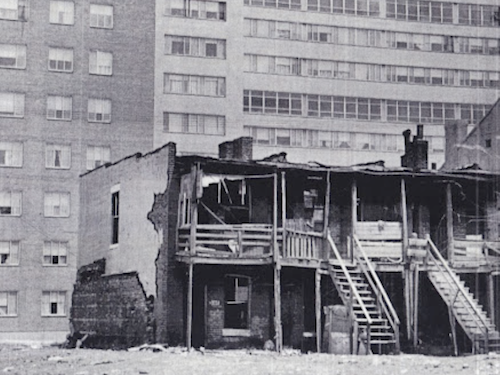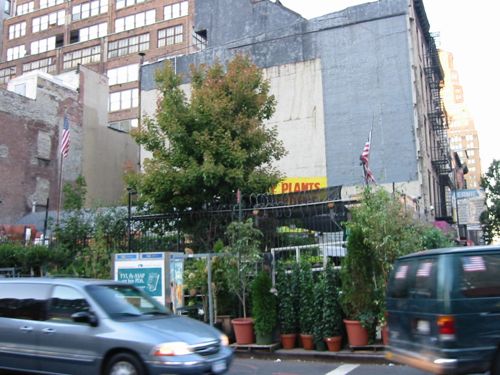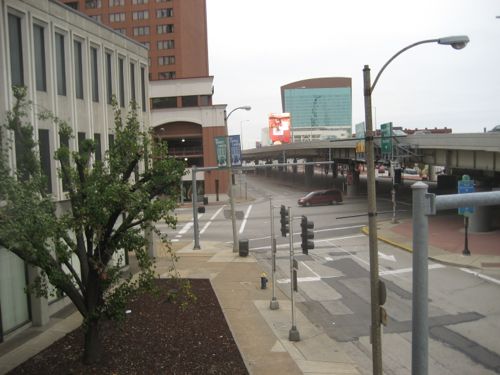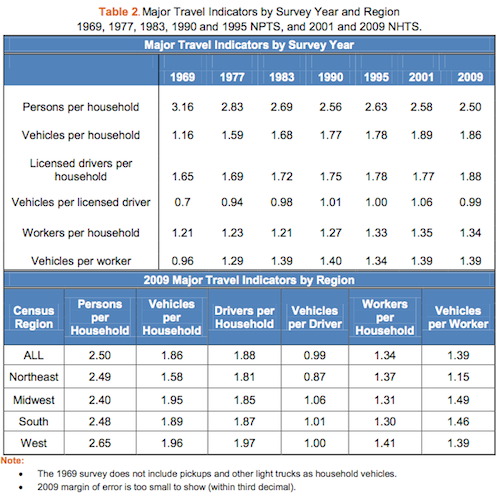Two Events Today: St. Louis Streetcar Open House & Free Screening of ‘ENVISIONING HOME’
1) A public open house to look at the initial plans for a modern St. Louis streetcar line will be held today from 4pm-7pm at the Moto Museum 3441 Olive. This is an open house so you can come anytime to see the materials. More information here and the draft study is here.
2) A free screening of ENVISIONING HOME: The Jean King and Richard Baron Story is tonight:
Two wildly different individuals come together in St. Louis in the tumultuous 1960s and bravely transform the world of public housing–and in the process take on poverty and racism throughout the country.
ENVISIONING HOME is a feature length documentary film exploring the dramatic world of two imaginative leaders, Jean King and Richard Baron, two agents of change in public housing. A remarkable, homegrown leader, Jean King meets Richard Baron, a legal aide-turned-visionary planner and developer during the St. Louis tenant strike in 1968-69. From that moment to the present day, they have together changed the face of inner city life in St. Louis and beyond. By inspiring resident and family empowerment while creating more humane places to live, their work invigorates the lives of residents and builds vibrant neighborhoods and communities from distressed central cities.
Drawing on Richard and Jean’s personal memories along with spontaneous conversations between the two—both in studio and along the streets and inside the homes of these new communities–we see how a dangerous, volatile moment in St. Louis public housing drew these two together into a shared passion for improving the lives of people in distressed and neglected inner city neighborhoods. Along the way, Jean and Richard forcefully remind us that despite stubborn matters of race and poverty, individuals with conviction and vision can make a difference.
Combining Richard’s unique “mixed income” approach that ends the ‘warehousing” of the poor isolated from the rest of the city, with Jean’s powerful vision of “building people for housing”—fostering job creation and better schools, child care and elder care programs in new public housing developments—their vision focuses on building new affordable housing communities grounded in safe, sustainable neighborhoods. What were once volatile, dangerous, crime-ridden areas of distressed central cities, now become an environment for turning peoples’ lives around. ENVISIONING HOME takes us into this new world of safe and productive urban communities in cities across the country (from St. Louis to Pittsburgh, New Orleans, Los Angeles, and San Francisco), where we meet some of the residents and their families who have transformed their lives thanks to more humane and livable neighborhoods and an affirming sense of resident empowerment.
ENVISIONING HOME is a powerful and revealing exploration into what happens when two people—and all those who have joined forces with them—relentlessly follow their hearts in trying to make a difference.
You can watch the trailer on YouTube and Vimeo. I’ve not seen anything except the trailer so I don’t know if it is worth seeing.

The screening is at 7pm in the Lee Auditorium of the Missouri History Museum. “After the film, King and Baron are joined by filmmaker Daniel Smith, Will Jordan (Executive Director, Metropolitan St. Louis Equal Housing Opportunity Council) and moderator Casey Nolen, KSDK and host of Nine Network’s Stay Tuned” for a panel discussion. Additional information here.
— Steve Patterson





